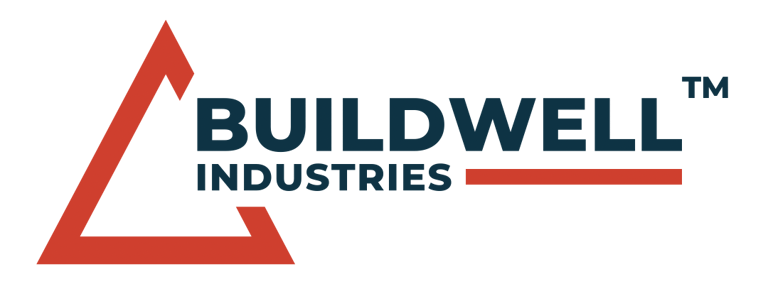The Chain Economy™: A New Way to Build Businesses That Strengthen Each Other
THE BLUEPRINT
6/16/20252 min read
Overview
In today’s fast-paced economy, many ventures chase short-term profits without considering the long-term impact on their industry, customers, or community. We call these Value-Extracting Businesses — they can generate revenue but often leave the system weaker.
The Chain Economy model takes a different approach: build Value-Adding Businesses — companies that create measurable, lasting benefits for others and reinforce the industries they serve. By linking these businesses together, we create a chain where each link makes the others stronger.
1. What Is a Value-Adding Business?
A Value-Adding Business (VAB) is one that:
Solves an important, expensive, and recurring problem
Improves the operational or financial health of other stakeholders in the market
Produces consistent, measurable results that stand the test of time
2. Why Linking Businesses Matters
Most companies operate as isolated ventures. In the Chain Economy, each business is intentionally designed to connect with others, so:
The output of one becomes the input or risk reduction for another
Shared data and systems improve efficiency across the chain
Customers experience a seamless journey, instead of juggling multiple disconnected services
Example: In construction, one service might vet contractors, another might handle permitting, and another might manage payments — when linked, these steps create a smoother, safer process for everyone.
3. How We Identify Strong Business Opportunities
Before launching a new venture, we ask:
Does it solve a real, costly problem?
Is the market large enough to support sustainable growth?
Can we create a working version quickly to test the idea?
Can it grow without relying on outside capital?
Does it have a built-in advantage that’s hard to copy?
Only ideas that pass all of these tests move forward.
4. Benefits of the Chain Economy Model
For Customers:
More reliable results
Fewer gaps between services
Higher trust and transparency
For Business Owners:
Stronger market position through interconnected services
Lower customer acquisition costs
Built-in cross-referrals between ventures
For the Economy:
A shift from extractive practices to sustainable value creation
Stronger networks of businesses that support each other rather than compete destructively
5. A Vision for the Future
The Chain Economy isn’t limited to one industry. While construction has been a proving ground for the model, the same principles can apply to:
Healthcare
Small business support
Logistics and supply chain services
In each case, the goal is the same: create a series of businesses that work better together than apart.
Conclusion
The future of resilient entrepreneurship lies in deliberately creating businesses that add value, connect with each other, and strengthen the systems they’re part of. The Chain Economy is about building ventures that succeed not just individually, but as part of something larger — a chain that benefits everyone it touches.
